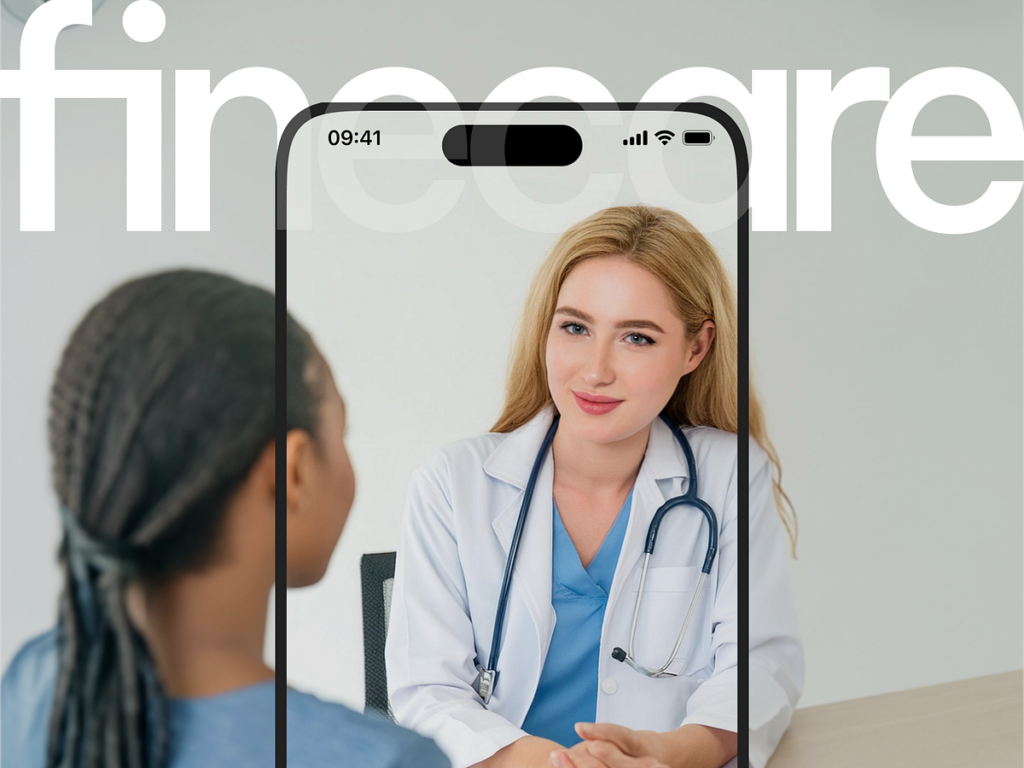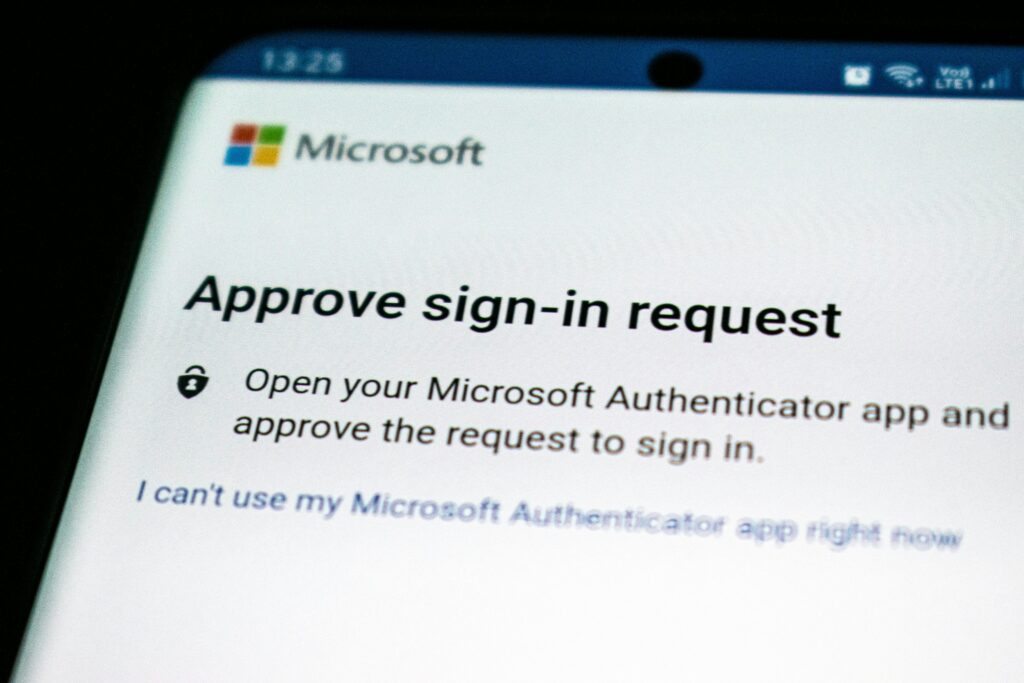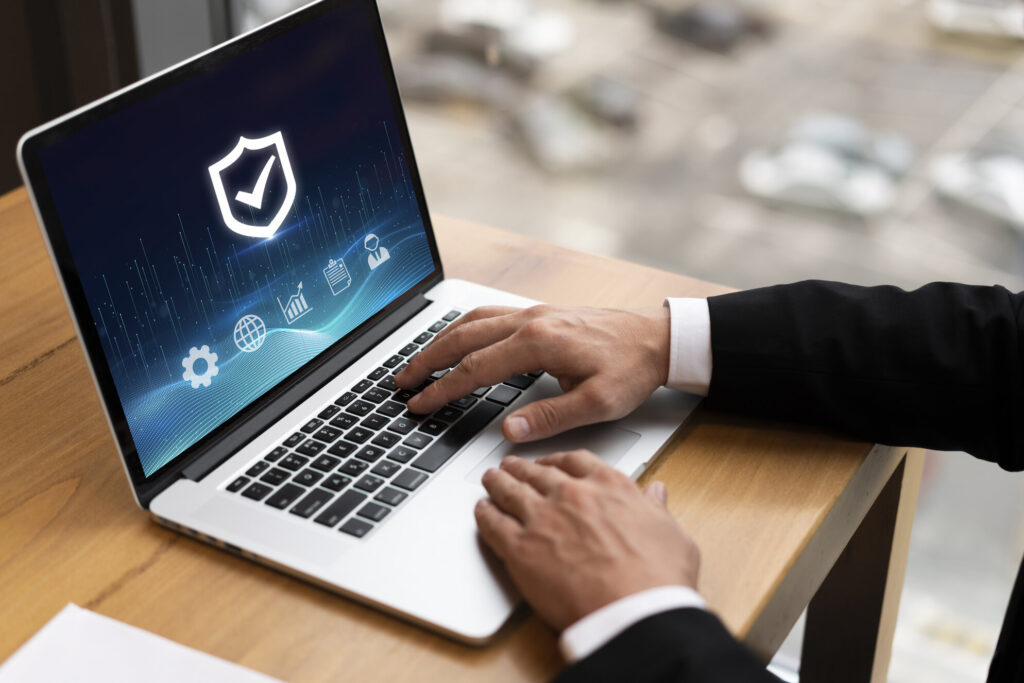5 Challenges in Ensuring Secure Access to Sensitive Health Data in Mobile Apps

As mobile health apps proliferate, ensuring secure access to sensitive health data has become a paramount concern. With the increasing digitization of healthcare, mobile apps are becoming essential tools for managing personal health information. However, this convenience comes with significant risks. Protecting sensitive health data from unauthorized access, breaches, and misuse is a complex challenge that requires robust security measures and constant vigilance. This article delves into the five major challenges in securing health data in mobile apps and explores solutions to overcome them. As a leading software development company, Savvycom has extensive experience in developing secure mobile health applications, ensuring that patient data remains protected.
1. Data Encryption and Transmission Security
One of the foremost challenges in securing health data is ensuring that all data transmitted between the mobile app and backend servers is encrypted. Understanding how to secure health data is critical, as encryption converts data into a code to prevent unauthorized access. However, implementing effective encryption is not a straightforward task. It requires selecting the right encryption algorithms, managing encryption keys securely, and ensuring that the encryption process does not degrade the app’s performance.
In 2020, the Ponemon Institute reported that healthcare organizations faced an average cost of $7.13 million per data breach, highlighting the critical need for robust encryption. When developing mobile health apps, it is essential to use industry-standard encryption protocols such as AES-256 and TLS to protect data in transit. AES-256, for instance, is known for its strong security features, making it nearly impossible for unauthorized parties to decrypt the data without the correct key. TLS (Transport Layer Security) ensures that data being sent between the app and the server remains confidential and tamper-proof during transit.
Furthermore, regular security audits and updates are necessary to address vulnerabilities and ensure that encryption methods remain effective against emerging threats. These audits can help identify potential weaknesses in the encryption setup, while updates ensure that the latest security patches are applied promptly. A notable case underscoring the importance of robust encryption and regular updates is the 2017 WannaCry ransomware attack, which exploited outdated security protocols, resulting in significant disruptions across various industries, including healthcare.
Have a Project Idea in Mind?
Get in touch with Savvycom’s experts for a free consultation. We’ll help you decide on next steps, explain how the development process is organized, and provide you with a free project estimate.
2. User Authentication and Access Control
Ensuring that only authorized users have access to sensitive health data is another significant challenge. User authentication mechanisms must be both secure and user-friendly to prevent unauthorized access without creating friction for legitimate users. Understanding how to secure health data is crucial, as traditional password-based authentication is often insufficient due to the risk of weak or compromised passwords.
Multi-factor authentication (MFA) is a more secure approach, requiring users to provide two or more verification factors. For example, combining something the user knows (a password) with something the user has (a smartphone) or something the user is (biometric data like fingerprints). A study by Microsoft found that MFA can block over 99.9% of account compromise attacks. This multi-layered approach significantly reduces the chances of unauthorized access, as it is unlikely that an attacker could obtain all required factors simultaneously.

In addition to MFA, implementing role-based access control (RBAC) is crucial. RBAC ensures that users can only access data necessary for their role, minimizing the risk of unauthorized access. For instance, a healthcare provider might have full access to a patient’s health records, while a billing clerk only has access to billing information. This granular control helps prevent data breaches by limiting data exposure to only those who need it for their job functions.
A practical example of effective RBAC implementation can be seen in large healthcare systems where various professionals (doctors, nurses, administrative staff) access different data subsets based on their roles. By integrating RBAC, these systems ensure that sensitive data is only accessible to authorized personnel, thereby enhancing overall data security.
Get in touch with Savvycom for a free consultation. We’ll help you decide on next steps, explain how the development process is organized, and provide you with a free project estimate.
3. Data Storage Security
Securing health data storage is equally important as securing data transmission. Mobile apps often store sensitive data locally on the device, which can be vulnerable to attacks if not properly secured. Understanding how to secure health data involves encrypting data at rest and ensuring that encryption keys are stored securely.
The Health Information Trust Alliance (HITRUST) recommends using full-disk encryption and secure key management practices. Full-disk encryption ensures that all data on the device is encrypted, making it inaccessible to unauthorized users even if the device is lost or stolen. Secure key management practices involve protecting the encryption keys used to encrypt and decrypt data, ensuring they are stored in secure environments separate from the data they protect.
Additionally, implementing sandboxing techniques can isolate the app’s data from other apps on the device, reducing the risk of data leakage. Sandboxing ensures that even if one app on the device is compromised, the attack cannot spread to other apps or access their data. Regular security patches and updates are also essential to address vulnerabilities in the operating system or the app itself.
One notable case of data storage security failure was the breach of the MyFitnessPal app in 2018, which exposed personal information of 150 million users. This incident underscores the importance of robust data storage security measures to protect sensitive health data. In response to such breaches, companies have increasingly adopted advanced encryption and key management solutions to safeguard stored data.
4. Compliance with Regulatory Standards
Healthcare apps must comply with stringent regulatory standards designed to protect patient privacy and data security. In the United States, the Health Insurance Portability and Accountability Act (HIPAA) sets national standards for protecting sensitive patient information. Similarly, the General Data Protection Regulation (GDPR) governs data protection and privacy in the European Union.
Ensuring compliance with these regulations is a complex task that involves implementing technical safeguards, conducting regular audits, and maintaining comprehensive documentation. Understanding how to secure health data in this context is vital for avoiding severe penalties, legal consequences, and damage to the organization’s reputation. For example, in 2020, the HHS Office for Civil Rights fined a healthcare provider $6.85 million for HIPAA violations related to data breaches.

Compliance with HIPAA involves implementing administrative, physical, and technical safeguards to ensure the confidentiality, integrity, and availability of protected health information (PHI). This includes conducting risk assessments, establishing policies and procedures, training staff, and maintaining proper documentation. GDPR compliance requires organizations to implement data protection principles, appoint a data protection officer (if necessary), and ensure individuals’ rights to data access, correction, and erasure.
As a software development company, Savvycom ensures that mobile health apps are designed and developed in compliance with relevant regulatory standards. This includes conducting thorough risk assessments, implementing necessary security measures, and providing documentation to support compliance efforts. By adhering to these standards, Savvycom helps clients avoid legal repercussions and build trust with their users.
Looking For a Trusted Tech Partner?
We’ll help you decide on next steps, explain how the development process is organized, and provide you with a free project estimate.
5. Protecting Against Emerging Threats
The cybersecurity landscape is constantly evolving, with new threats emerging regularly. Mobile health apps must be resilient against a wide range of attacks, including malware, phishing, and man-in-the-middle attacks. Staying ahead of these threats requires continuous monitoring, regular updates, and proactive security measures.
One of the most effective strategies for protecting against emerging threats is to implement a comprehensive security framework that includes intrusion detection and prevention systems (IDPS), security information and event management (SIEM) solutions, and regular security testing. IDPS can detect and prevent malicious activities, while SIEM solutions provide real-time analysis of security alerts generated by network hardware and applications.
For instance, conducting penetration testing can help identify and address vulnerabilities before they can be exploited by attackers. Penetration testing simulates real-world attacks on the system to identify weaknesses and assess the effectiveness of security controls. This proactive approach allows organizations to strengthen their defenses against potential threats.

Additionally, educating users about security best practices is crucial. For example, encouraging users to download apps only from trusted sources, avoid clicking on suspicious links, and regularly update their apps can help mitigate the risk of security incidents. A well-informed user base is less likely to fall victim to phishing attacks or inadvertently download malware.
A case study highlighting the importance of proactive security measures is the response of a leading hospital to a ransomware attack. By having robust backup systems, regular security audits, and comprehensive employee training, the hospital was able to recover quickly and prevent significant data loss, demonstrating the effectiveness of a well-rounded security strategy.
Frequently Asked Questions (FAQs)
How does multi-factor authentication enhance security in health apps?
Multi-factor authentication (MFA) enhances security by requiring users to provide two or more verification factors, such as a password, a smartphone, or biometric data. This significantly reduces the risk of unauthorized access, as attackers would need to compromise multiple factors to gain access. MFA is highly effective in preventing account compromise and protecting sensitive health data.
Why is compliance with regulatory standards important for mobile health apps?
Compliance with regulatory standards, such as HIPAA and GDPR, is crucial for mobile health apps as these regulations set guidelines for protecting patient privacy and data security. Adhering to these standards helps ensure that health data is handled securely, reduces the risk of data breaches, and protects organizations from legal and financial penalties. Compliance also builds trust with users by demonstrating a commitment to data security.
What measures can be taken to protect data stored locally on mobile devices?
To protect data stored locally on mobile devices, it is important to implement full-disk encryption and secure key management practices. Additionally, using sandboxing techniques can isolate the app's data from other apps on the device, reducing the risk of data leakage. Regular security updates and patches are also essential to address vulnerabilities in the operating system and the app itself.
How can mobile health apps stay resilient against emerging cybersecurity threats?
Mobile health apps can stay resilient against emerging cybersecurity threats by implementing a comprehensive security framework that includes intrusion detection and prevention systems (IDPS), security information and event management (SIEM) solutions, and regular security testing. Conducting penetration testing helps identify and address vulnerabilities before they can be exploited. Educating users about security best practices also plays a key role in mitigating security risks.
Savvycom’s Expertise in Secure Mobile Health Apps
Ensuring secure access to sensitive health data in mobile apps is a multifaceted challenge that requires a combination of technical safeguards, regulatory compliance, and user education. As cyber threats continue to evolve, it is crucial for healthcare organizations and developers to stay vigilant and proactive in their security efforts. By addressing these five challenges and implementing robust security measures, mobile health apps can protect sensitive health data and maintain user trust. As a leading software development company, Savvycom is committed to developing secure and compliant mobile health applications that safeguard patient information and promote better healthcare outcomes.
Tech Consulting, End-to-End Product Development, Cloud & DevOps Service! Since 2009, Savvycom has been harnessing digital technologies for the benefit of businesses, mid and large enterprises, and startups across the variety of industries. We can help you to build high-quality software solutions and products as well as deliver a wide range of related professional services.
Savvycom is right where you need. Contact us now for further consultation:
- Phone: +84 24 3202 9222
- Hotline: +1 408 663 8600 (US); +612 8006 1349 (AUS); +84 32 675 2886 (VN)
- Email: [email protected]


